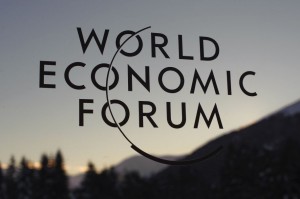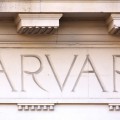 The wealthiest 85 people in the world have more money than the combined holdings of the 3.5 billion people who make up the poorest half of the world’s population, according to a new report.
The wealthiest 85 people in the world have more money than the combined holdings of the 3.5 billion people who make up the poorest half of the world’s population, according to a new report.
The report illustrates why the World Economic Forum (WEF) finds income disparity to be one of the greatest risks to the global population in the next year or two. The WEF projects that increased disparity will undermine social stability worldwide.
It also shows why those seeking degrees in business and planning to become leaders in the business world of the future must stay on top of such worldwide trends. They also must understand the correlation between education and income.
Education is one of the keys to changing the income disparity trend. Part of what Oxfam calls for is a rededication of funding to providing education opportunities to everyone, not just the privileged or wealthy. They call on governments to invest in “universal access to healthcare and education.”
Some of the numbers found in the study were noteworthy. For example, the study found:
- Almost half the world’s wealth is owned by just 1% of the population
- The wealthiest 1% of the world’s population have investments worth $110 trillion, which is 65 times more than the bottom half of the global population
- In 24 of the 26 countries studied by Oxfam, the wealthiest 1% increased their share of income between 1980 and 2012
- In the United States, 95% of the post-financial crisis growth has been captured by the richest 1% of the population
In short, the rich get richer, primarily because of the ability to have more money in investments such as stocks, which have grown over the past decade.
The growing gap between the rich and poor has affected the opinion of those at the bottom of the economic ladder, according to the Oxfam study. For example, 65% of low-wage earners in the United States said they believe Congress passes laws that primarily benefit the rich. In Spain, eight out of 10 people surveyed said laws are skewed to favor the rich.
However, the report was not all economic doom and gloom. Oxfam researchers pointed out that in the three decades following World War II, the United States and Europe narrowed income equalities. Certain parts of Latin American, such as Brazil, have achieved the same results in recent years.





